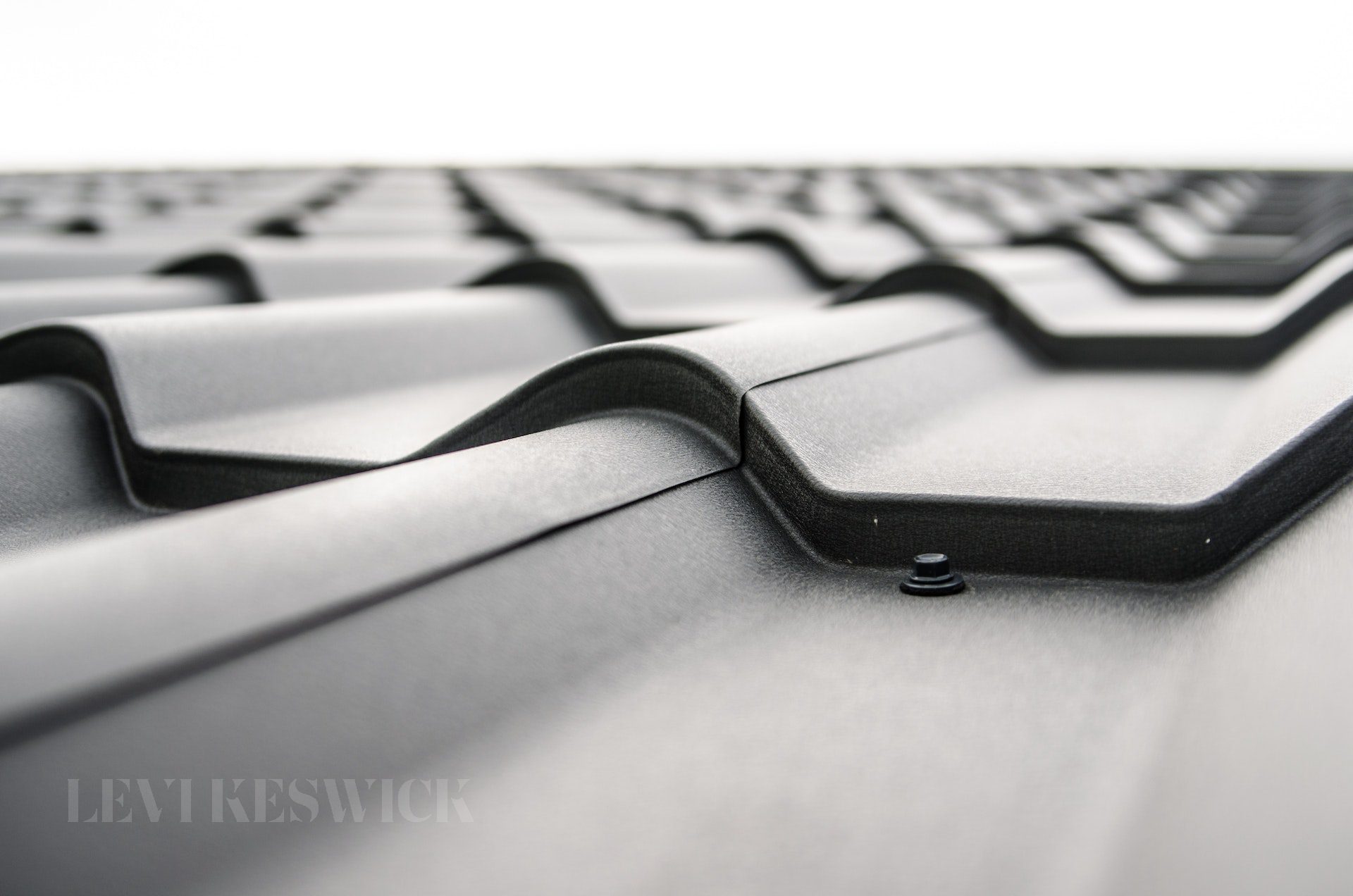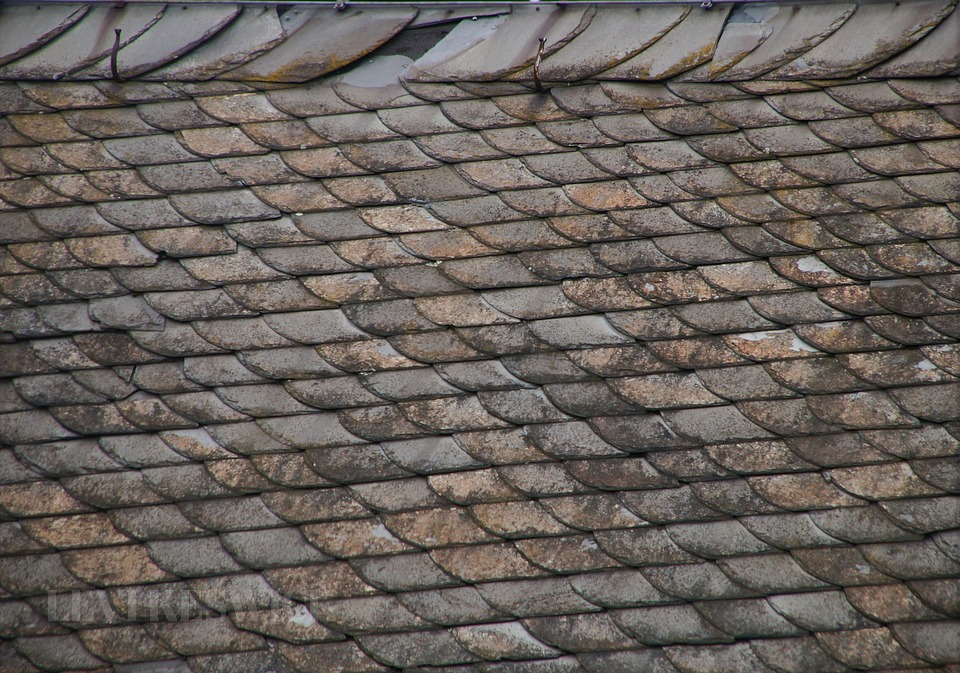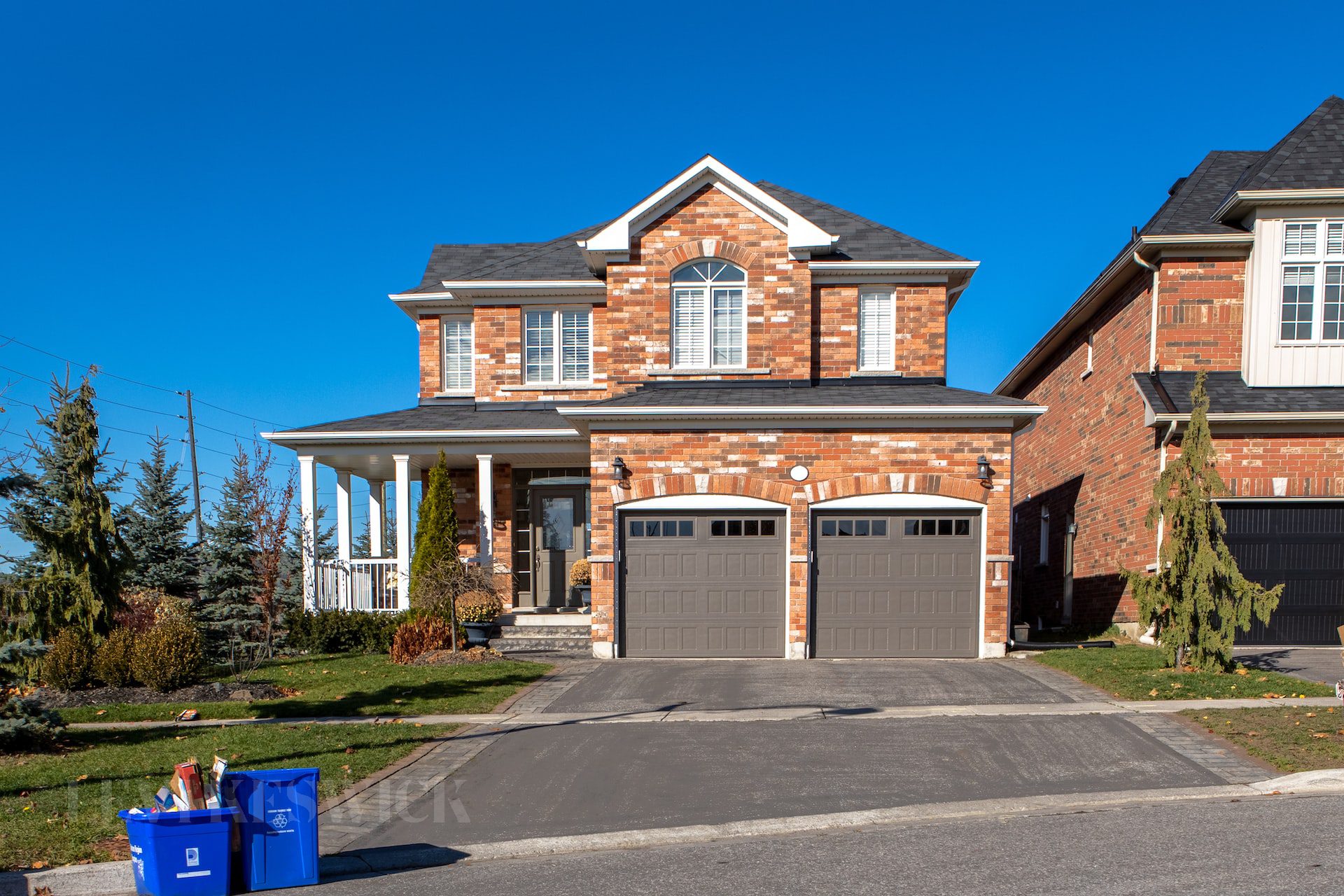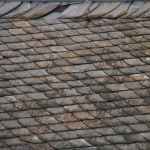As a homeowner, one of the most important investments you can make is in your roof. It protects your home from the elements and adds to its overall aesthetic appeal. However, like all things, your roof can suffer from wear and tear, leading to costly repairs or even replacement. Therefore, it’s crucial to be aware of the potential damages your roof can sustain and take steps to prevent them. By understanding these common problems and taking proactive measures, you can extend the life of your roof and keep your home safe and secure for years to come. So, let’s dive in and explore some essential roof maintenance tips.
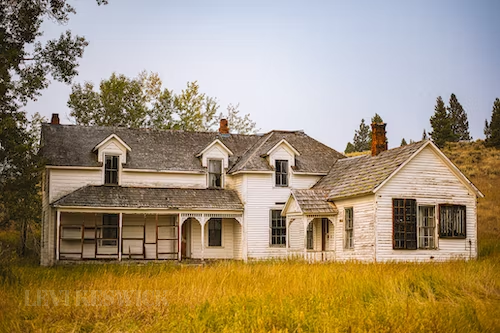
1. Wind Damage
Taking preemptive steps that protect your roof from high winds can save you considerable money in the long run. If you are planning a roofing or remodeling project soon, make sure that you use roofing materials and accessories that provide extra durability when subjected to strong winds. The use of sealants and adhesives is also an important step to take in preventing wind damage.
Furthermore, check the local building codes to ensure your roof is installed correctly and meets required wind standards. This may involve additional reinforcement to withstand hurricane-force winds. Talking to experienced roofing contractors who have experience in dealing with high winds could also be beneficial.
2. Water Damage
Investing a few minutes every season to examine your roof will provide immense long-term benefits, from saving money and time to preventing aggravation. To succeed, it’s important to look for cracks or tears in shingles or missing granules. You should also check the flashing around pipes, vents, and chimneys.
Clean out gutters regularly and make sure they’re free of debris. Finally, check any cabinets or attics that may have been affected by past roof leaks or other potential water sources – these spots can often become breeding grounds for mold if not properly inspected and addressed.
3. Mold and Mildew Growth
To identify mold and mildew, look for discolorations on walls or carpets that have a musty smell and any visible clusters of mold along window sills or door frames. Removing the fungus is not always easy – if the growth is small enough, you may be able to try scrubbing it off with soap and water. However, if it’s something more serious, you must consult a professional specializing in remediation services to help remove the mold effectively.
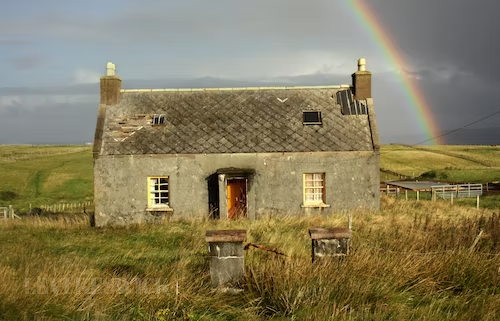
4. Sun Damage
While it’s important to focus on the aesthetics of choosing shingles that make your home look beautiful, you must also consider the long-term effects of sun exposure. Selecting shingles that provide UV protection can make all the difference in ensuring your roof stands up against harsh weather conditions and the sun’s damaging rays.
UV-resistant shingles are designed to reflect harmful UV radiation from the sun, enabling them to maintain their original color for years longer than regular roofing materials. In this way, not only will your roof remain looking its best for longer, but it can also save you money when expensive repainting or material replacement is unnecessary due to sun damage.
5. Tree Damage
Trees are a great addition to any landscape, but they can cause damage to vulnerable areas of your roof, such as shingles, gutters, ventilation areas, and more. If you have overhanging branches close to your house, they must be trimmed back at least 6 feet from the roof’s edge to avoid major damage.
Regular trimming is a preventative measure against damage and debris, such as leaves or bark accumulating up there. It can also reduce the fire risk if branches become too dehydrated during extended dry periods. Keeping trees away from vulnerable parts of the roof should be part of regular maintenance activities so that repair costs will remain low in case of damage.
6. Rodent and Insect Infestations
If rodents or insects have invaded your attic area, don’t panic. This is a preventable problem, and if you take the necessary steps at the first sign of an infestation, you can limit the damage to your home and prevent more unwelcome guests from a residence in your attic area. Inspect the attic for potential entry points for mice or other critters to gain access. Then seal cracks around windows, doors, and utility lines with steel or copper mesh.
Keep garbage bins outside the home and away from walls and doors to limit rogue animals’ appeal. Finally, consider investing in humane traps designed to capture animals without harming them so they can be released far away from inhabited areas. If done right, these actions should help control pest populations and ensure your attic stays nice and clean.
Roofs can be vulnerable to many different forms of damage, and as a homeowner, it’s essential to know how to protect them. Taking proactive steps will help avoid or mitigate any potential damage. Regular inspections are also vital to staying ahead of any potential problems. Knowing how directly connected your roof is to the safety and well-being of your entire household makes proper maintenance all the more essential.



